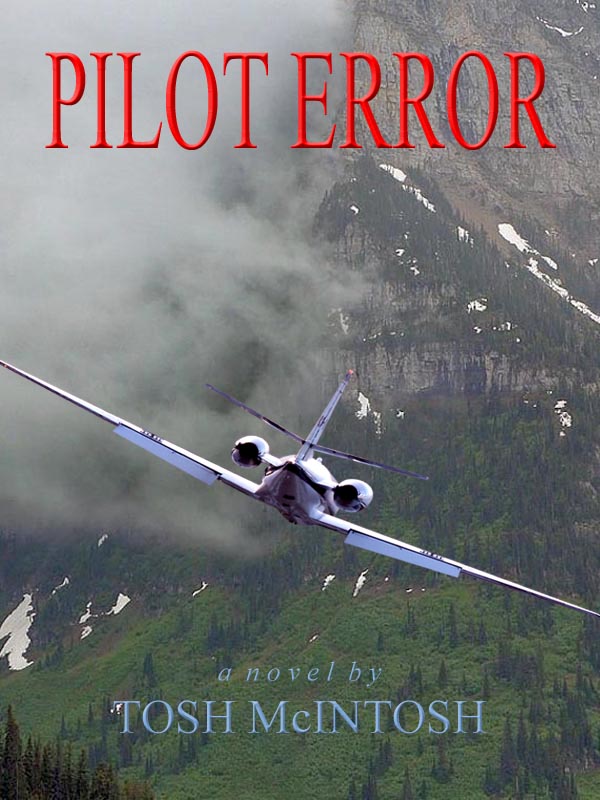An ex-USAF pilot friend of mine sent me this with an introduction from the personal experience of the Operations Officer of an F-22 squadron, who said a couple of years ago that he had more airplanes than pilots, and most of his pilots were leaving when their commitment was up. Their primary reasons for return to civilian life were being overworked and having to put up with a constant barrage of nit-picking requirements that have nothing to do with being at the pointy end of the sword in the cockpit of an F-22.
I don’t have the time or inclination at the moment to list all the factors currently degrading America’s military readiness, so I’ll confine this post to re-publishing the following article from the Air Force Times, published on June 25, 2013.
Air Force Offers Fighter Pilots $225,000 To Stay In
The pilots must extend their contracts for nine years
By Jeff Schogol, Staff writer
The Air Force is opening its wallet to keep more fighter pilots for a longer period of time, even as the service faces serious budget cuts that may continue for years.
About 250 fighter pilots are eligible to receive a $225,000 bonus in exchange for a nine-year commitment under the latest change to the Aviator Retention Pay program, said Lt. Col. Kurt Konopatzke, chief of rated force policy. Pilots can take half the money up front in a lump sum payout of $112,500, minus taxes. The rest is paid out over the nine years of the contract.
Previously, fighter pilots could only sign up to five-year contracts for bonuses of $25,000 per year, so now they can receive nearly twice the amount of money to stay in the Air Force, Konopatzke said. Other aviators also are eligible for the retention bonus, but for contracts of no more than five years, at up to $25,000 per year for a maximum of $125,000.
Fighter pilots who have completed 10 years of service after pilot training have until Sept. 30, the end of the fiscal year, to decide whether to sign a nine-year contract, Konopatzke said. The Air Force hopes about 162 fighter pilots — 65 percent of those eligible — will take the new option. That would cost the Air Force about $36.675 million, with a payout this fiscal year of $18.337 million.
The reason the Air Force is being so generous is that it has a current and projected shortage of fighter pilots, Konopatzke said. Last year, the Air Force allowed fighter pilots to take half of their retention bonus up front if they extended their contracts for five years.
“As we started looking at the data through FY 13 and in the out years, we realized that the shortage hasn’t gone away, and as a matter of fact, as we look at our projections, we think that shortage is going to continue for the next several years,” he said.
That led the Air Force to up its offer.
In April 2012, Gen. Hawk Carlisle — then a three-star general — told Air Force Times the pilot shortfall was because instructor pilots had been needed for combat missions, limiting the number of pilots coming through the training pipeline.
“In years past, we couldn’t execute all of our peacetime training flying hours that was a requirement because we were deployed too much,” Carlisle said at the time. “We’re trying to get that balance right. As things draw down, and hopefully to some extent the downrange flying decreases, we’ll increase home-station flying hours and concentrate on that.”
The Air Force also has a retention issue with fighter pilots, Konopatzke said.
“The fighter pilots in FY 12 took slightly less than their other rated counterparts who were eligible for the bonus: 60 percent vs. 65 percent,” he said. “Why they’re doing that, honestly is anecdotal evidence, I don’t want to speculate on why they’re electing to not take the bonus and separate.”
The option for fighter pilots to sign nine-year contracts comes with slightly more than three months left in the fiscal year. The delay is due to the automatic spending cuts that took effect in March, known as “sequestration,” Konopatzke said.
Forced to cut money from its budget, the Air Force had to figure out what special pays it could offer this fiscal year, he said.
“The Air Force leadership had to take a look at where those cuts would come from and which programs we would have to either cut or not,” he said.


